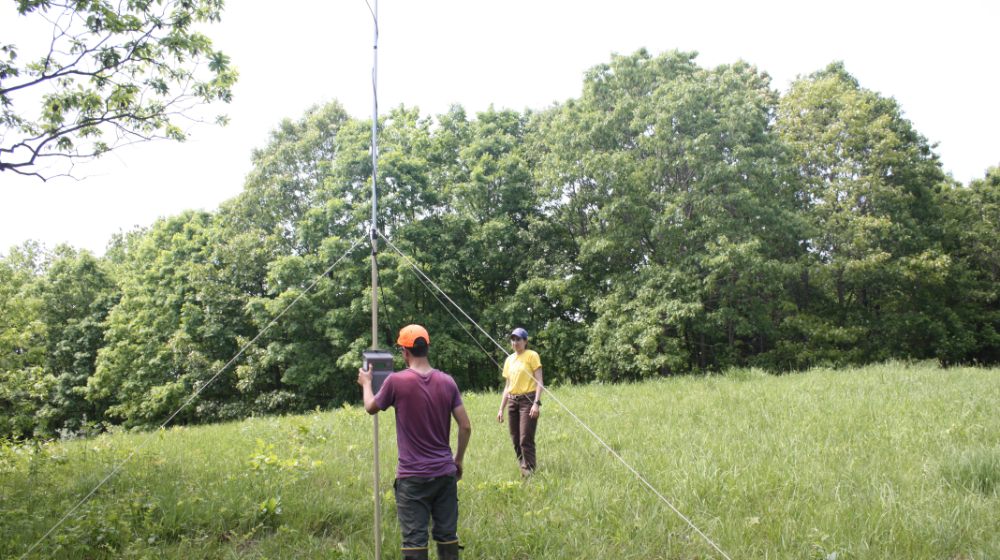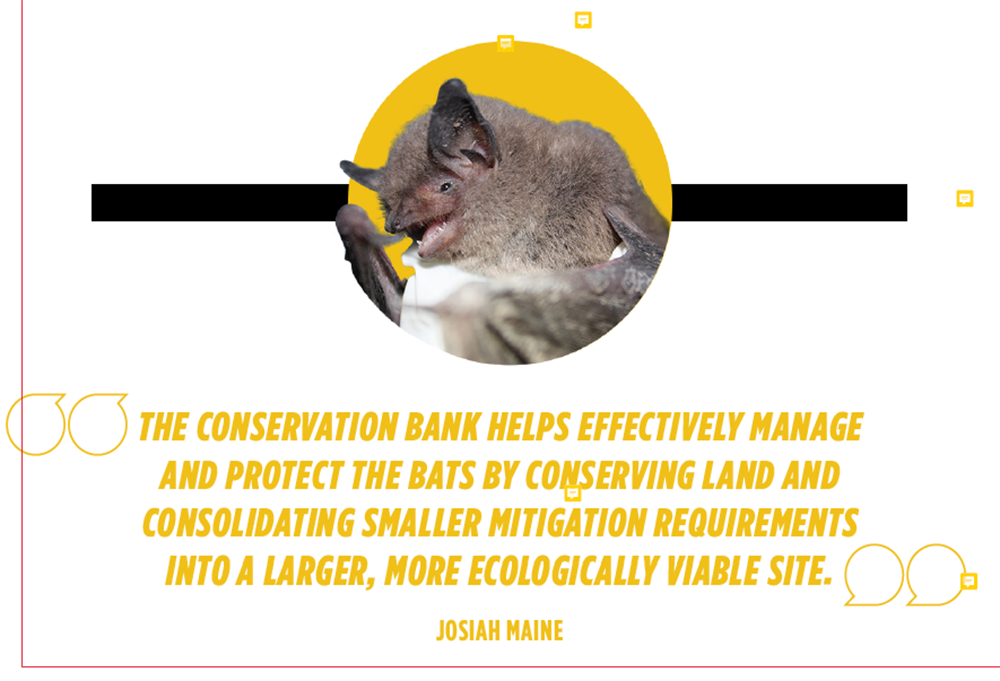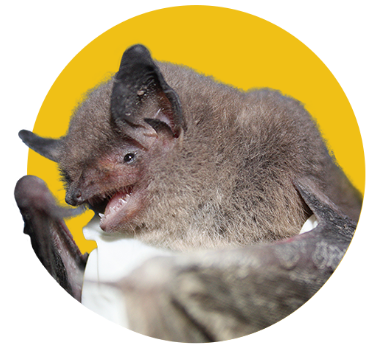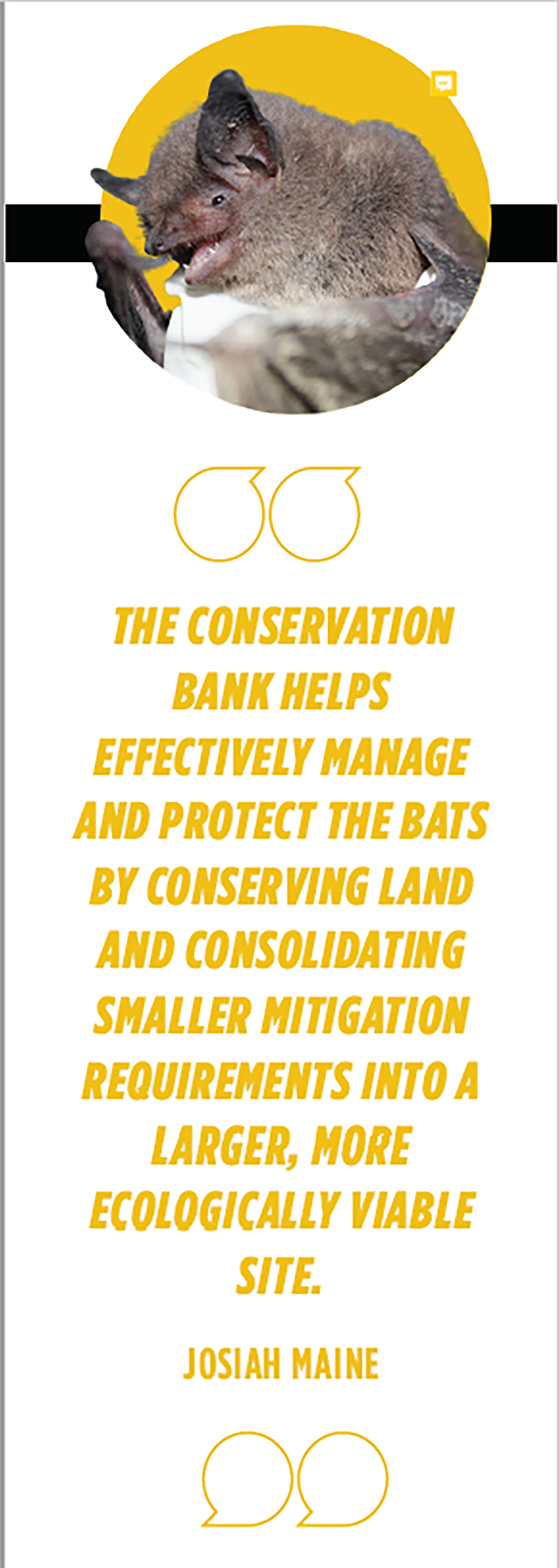For developers, conservation bank credits save time and money, and eliminate permitting uncertainties.
“The alternative to using credits is to essentially do it yourself — acquire property, review the biology, develop a resource enhancement and long-term management plan, perform the necessary restoration actions, monitor the site for success — and fix it when it doesn’t succeed — and manage the site in perpetuity,” says Paul Sherman, a project manager for Burns & McDonnell.
In areas occupied or visited by Indiana and northern long-eared bats, this do-it-yourself approach often had been the only option available to developers looking to build a road, install a power line or otherwise address infrastructure or other construction needs. But now there’s an alternative.

















.png)